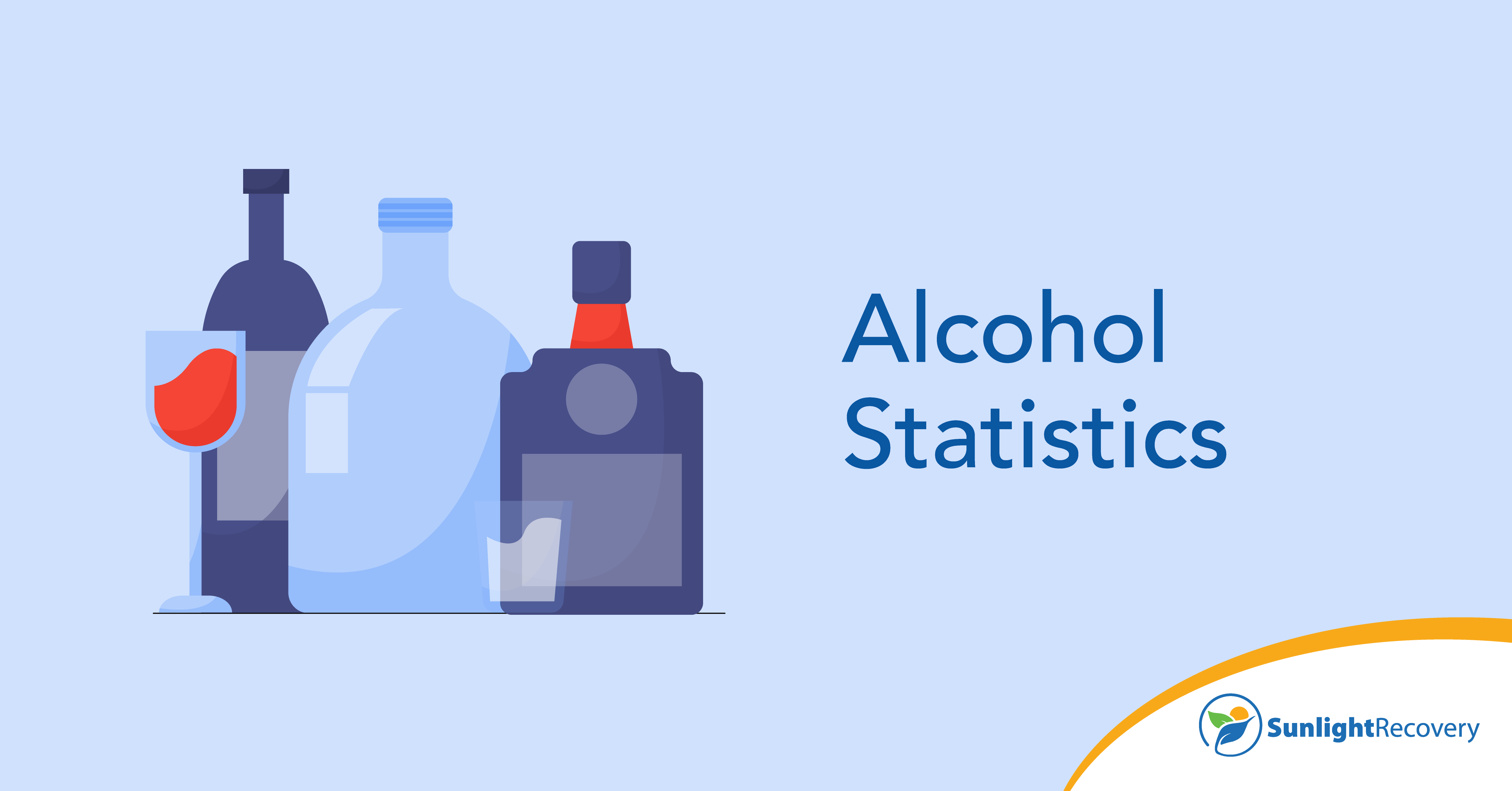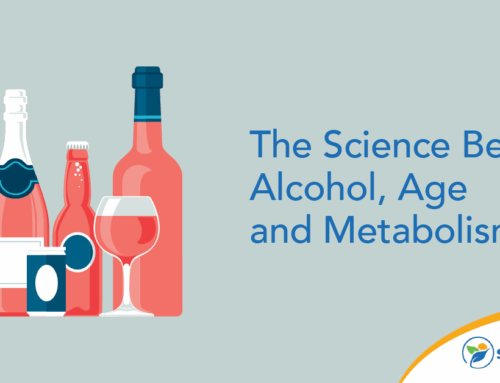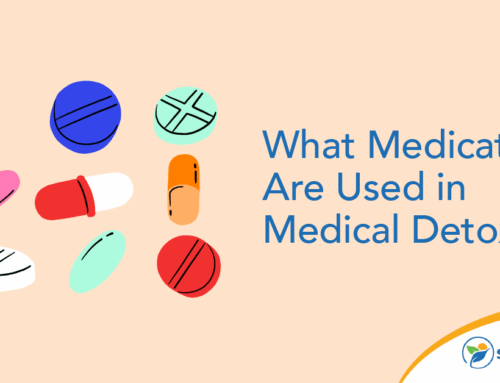Although most people who drink alcohol do so responsibly, many of them develop alcohol abuse disorder. The prevalence of alcohol abuse, however, will vary by age group, racial and ethnic populations, socioeconomic status and even geographic region. No matter what group you fall into, understanding the alcohol statistics around the risks of its use and abuse makes it very clear how it can impact your life and the lives of those around you.
National Alcohol Statistics
Each year, the Substance Abuse and Mental Health Services Administration (SAMHSA) updates the National Survey on Drug Use and Health (NSDUH). The survey provides information about alcohol facts and alcohol abuse statistics, as well as tobacco and drug use and mental health issues.
The 2023 survey reports that almost 85% of people aged 18 and up have drunk alcohol at some point in their lives, as well as 21.6% of children between the ages of 12 and 17. That’s a total of over 224 million people. Of that group, 62.5% report having consumed alcohol over the past year, and 47.5% report having had a drink over the past month.
Alcohol-Related Emergencies and Deaths
The National Institute on Alcohol Abuse and Alcoholism (NIAAA) provides comprehensive alcohol facts and statistics on deaths and other types of incidents related to alcohol. It reports that each year, there are roughly 178,000 deaths related to excessive use of alcohol. The leading causes of alcohol-related deaths were liver disease, cardiovascular diseases and various types of cancers.
Statistics show that of those 178,000 deaths, 120,000 were male and 59,000 were female. These numbers make alcohol one of the leading causes of death in the United States, falling only behind poor diet or physical inactivity, tobacco use and illegal drug use.
The Centers for Disease Control and Prevention (CDC) reports that more than 9,800 people who died by suicide had alcohol in their blood each year. The NIAAA adds that alcohol use disorder is the second-most common mental health disorder, and it’s involved in 1 in 4 deaths by suicide.
The NIAAA also reports that alcohol-related vehicle deaths are prevalent. According to statistics in 2022, for example, driving fatalities related to alcohol-impaired drivers accounted for roughly 32% of all driving fatalities, which is over 13,500 deaths.
Alcohol Use Disorder (AUD) Statistics
Alcohol use disorder, also known as alcoholism, is the inability to control drinking despite adverse effects on your job, friends and family or health. The NIAAA states that though anyone can develop AUD, three factors play a big role:
- Genetics, especially if there’s a history of AUD in the family, which can increase the chances of developing AUD by up to 60%
- Mental health conditions or trauma
- Drinking at an early age
In fact, people aged 26 and older who began drinking alcohol before the age of 15 were three times as likely to develop AUD as those who didn’t start drinking alcohol until they were 21.
The 2023 NSDUH states that over 28 million people aged 18 and older suffer from AUD, consisting of 16.6 million men (59%) and 11.5 million women (41%). For children between the ages of 12 and 17, 757,000 have AUD, consisting of 270,000 boys (36%) and 487,000 girls (64%).
Facts on Alcohol Use Disorder Treatment
According to the 2023 NSDUH, roughly 2.2 million (7.8%) of adults 18 and older who have AUD received treatment for it over the past year. Of those, only 552,000 people (2.0%) received treatment that included medications. For children with AUD between the ages of 12 and 17, 73,000 (9.7%) have received treatment. Only 2,000 of them (0.3%) received medication-assisted treatment.
Note that many people with AUD seek care from their primary care physician for a medical issue related to alcohol abuse rather than specifically seeking out treatment for AUD.
Alcohol Statistics on Binge Drinking
The CDC reports that of all the ways people drink excessively, binge drinking is the most common. Binge drinking is defined as four or more drinks on one occasion for women and five or more for men. Although most people who binge drink aren’t addicted to alcohol, they’re more likely to develop medical problems from it.
The 2023 NSDUH states that in the United States, 60.4 million (23.5%) of adults 18 and older reported binge drinking at least once over the past month, with 33.2 million (55%) of them being men and 27.2 million (45%) women.
For children between the ages of 12 and 17, it reports that 1.0 million of them binge drank over the past month. Of those, 441,000 (44%) were boys and 574,000 (57%) were girls.
The NIAAA reports that a new trend is emerging: high-intensity drinking. This is when someone consumes two times (or more) of the defined binge drinking thresholds. It states that people who participate in high-intensity drinking are roughly 70 times more likely to wind up in the emergency room. The 2023 Monitoring the Future Survey reports that 2.2% of high school seniors in the country reported high-intensity drinking.
The Economic Burden of Alcohol
Alcohol use and abuse come at a cost. The CDC reports that, as of 2010, which is the latest available data, alcohol abuse cost the country roughly $249 billion. Of that, the NIAAA states that almost 75% is due to binge drinking and 9% from underage drinking.
The CDC breaks the $249 billion down as follows:
- Lost labor and poor worker performance (72%)
- Damage to property, vehicle crashes and criminal justice needs (17%)
- Health care costs (11%)
Get Help for Alcohol Abuse
Despite all these alcohol statistics, it’s important to keep in mind that targeted help is available. Contact us at Sunlight Recovery to learn more about what we can do for you. We offer comprehensive residential treatment that medically supports the detox process, as well as partial hospitalization care when needed and intensive outpatient treatment. We support all our treatment plans by making individual, family, and group therapy available.







